
-
Hitta rätt mat för ditt husdjurGör det här testet för att se vilket foder som kan vara bäst för din pälskling.Hitta rätt mat för ditt husdjurGör det här testet för att se vilket foder som kan vara bäst för din pälskling.Utvalda produkter
 Hypoallergenic Adult Hundfoder
Hypoallergenic Adult HundfoderHill's Science Plan Hypoallergenic Adult våtfoder med lax är ett komplett helfoder av högsta kvalitet för alla vuxna hundar från 1 år och uppåt. Detta läckra våtfoder i burk är speciellt sammansatt för hundar med känslig hud och mage. Den innehåller en enda animalisk proteinkälla och är spannmålsfri.
Handla nu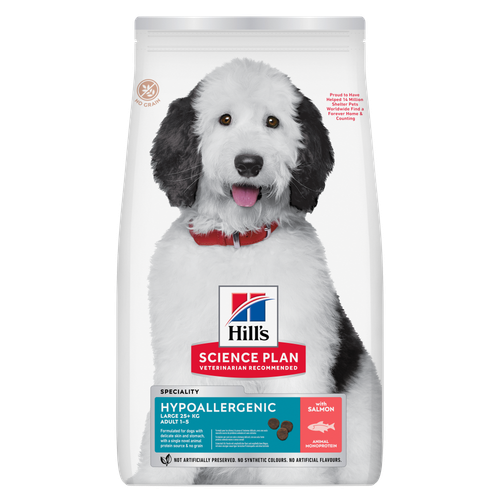 Hypoallergeniskt hundfoder för vuxna hundar med lax
Hypoallergeniskt hundfoder för vuxna hundar med laxHILL'S SCIENCE PLAN Hypoallergenic Large Breed Adult hundfoder med lax är ett komplett foder för vuxna hundar av stora raser i åldern 1–5 år. Det är särskilt framtaget för hundar med känslig hud och mage, med begränsade mängder högkvalitativa och nya proteinkällor samt utan spannmål.
Handla nu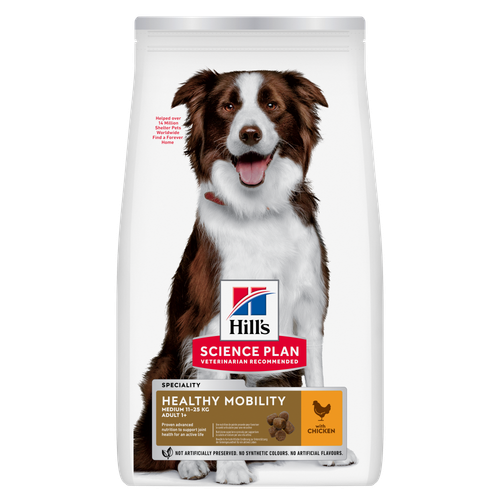 Healthy Mobility Medium Adult Hundfoder
Healthy Mobility Medium Adult HundfoderHill's Science Plan Healthy Mobility Medium Breed Adult Hundfoder med kyckling erbjuder en avancerad nutrition för att stödja ledhälsa och förbättra rörligheten. provides advanced nutrition to support joint health and improve mobility.
Handla nuHälsotillståndUtvalda produkter Hill's Science Plan Mature Adult Kattfoder Tonfisk
Hill's Science Plan Mature Adult Kattfoder TonfiskHill's Science Plan Adult kattfoder med lax är ett helfoder för äldre katter, speciellt utformat med ActivBiome+ Multi-Benefit teknologi.
Detta foder främjar ett värdigt åldrande hos katter och innehåller en synergistisk blandning av ingredienser som bidrar till att upprätthålla energi- och aktivitetsnivån.Handla nu Hill's Science Plan SENIOR VITALITY KATTFODER Kyckling, med laxHandla nu
Hill's Science Plan SENIOR VITALITY KATTFODER Kyckling, med laxHandla nu Sterilised Kattungefoder
Sterilised KattungefoderHill's SCIENCE PLAN Sterilised Kitten kattungefoder är skapat med Hill´s unika förståelse för de specifika behov som kastrerade kattungar har. Det bidrar med hög proteinkvalitet för muskelutveckling, med kontrollerat fett för att förebygga risk för övervikt efter kastrering. Dessutom har det en unik blandning av antioxidanter för att främja ett hälsosamt immunsystem för att stöjda din kattunges tillväxt.
Handla nu -
Till hundägare
- Tips och artiklar
-
Hälsokategori
- Vikthantering
- Miljö- och foderöverkänslighet
- Urinvägar
- Matsmältning
- Leder
- Njurar
-
Hundens livsstadium
- Näring för valpar
- Näring för vuxna katter
- Näring för seniorer
Till kattägare- Tips och artiklar
-
Hälsokategori
- Vikthantering
- Hud- & foderöverkänslighet
- Urinvägar
- Matsmältning
- Njurar
-
Kattens livsstadium
- Näring för kattungar
- Näring för vuxna
- Näring för seniorer
Utvalda artiklar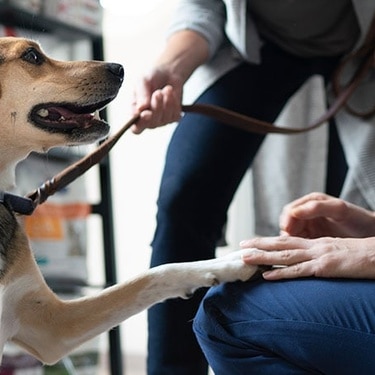 Viktförändringar hos hundar och katter - kan det vara ett sköldkörtelproblem?
Viktförändringar hos hundar och katter - kan det vara ett sköldkörtelproblem?En viktförändring kan tyda på ett problem med sköldkörteln. Läs mer om tecken, orsaker och vad du kan göra åt det.
Läs mer Kristaller och stenar i hund- och katturin
Kristaller och stenar i hund- och katturinLäs om orsaker till och behandlingar av kristaller i hund- och katturin för att bibehålla hundens eller kattens hälsa. För expertråd om urinvård, besök Hill's Pet Sverige.
Läs mer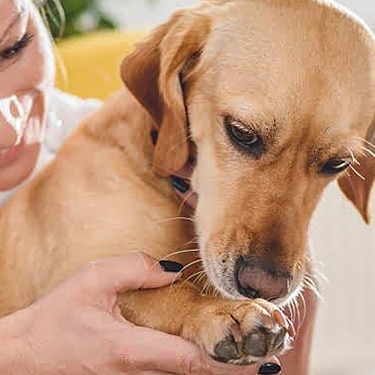 Virtual Vet Visits: What You Need to Know
Virtual Vet Visits: What You Need to KnowLearn the ins and outs of a televet appointment before you talk to a vet online.
Läs mer -


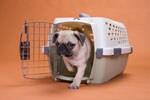 Crate training is necessary for safety, damage prevention, housetraining and travelling. When you can't keep your puppy with you, he should be confined to a safe area, such as a dog crate. The crate should be big enough for your puppy to comfortably stand up and turn around in when he reaches adult size.
Crate training is necessary for safety, damage prevention, housetraining and travelling. When you can't keep your puppy with you, he should be confined to a safe area, such as a dog crate. The crate should be big enough for your puppy to comfortably stand up and turn around in when he reaches adult size.
A good way to introduce your puppy to the crate is by playing a game that teaches him to go into the crate on command. At mealtime, grab a handful of his favorite Hill's® puppy food kibble and take your puppy to the crate area. With a bit of encouragement, toss a kibble into the crate. As your puppy runs in after the food, say "Go to your crate." Once your puppy has eaten the prize, he will run out to play again.
Repeat the exercise 15 to 20 more times per session. Gradually move farther from the crate before you toss the food. Eventually, you should be able to say "Go to your crate" as you sweep your hand toward the empty crate and your puppy will enter on command.
If possible, keep the crate in an area where the family spends a lot of time so your puppy has the opportunity to occasionally enter on his own. You can encourage exploration and time in the crate by placing Hill's® puppy treats or toys in the crate for your puppy to find.


Smakrika tips
Valpar kan behöva flera besök under sitt första år för vaccinationer. Vuxna hundar har i allmänhet nytta av årliga kontroller, medan seniora hundar eller hundar med särskilda behov kan behöva mer frekventa besök.
You must be careful not to overdo crate confinement. Your puppy can be kept in his crate all night for sleeping and up to four hours during the day, but if you are away from ho,me for a longer period, you will need to provide more room until your puppy can control his bowels or bladder.
For longer confinement periods, you can use a small, puppy-proofed room or an exercise pen with papers spread on the floor during the day, and then use the crate at night when your puppy sleeps. A crate is just too small an area to keep your puppy in all day and all night, too.
If your puppy cries or barks while confined, try to ignore him. Releasing your puppy or giving him any type of attention will reinforce the behavior.
You need to make your puppy stop barking before you let him out of the confinement area. You can try blowing on a whistle or making an unusual noise. This will cause your puppy to be quiet as he tries to decipher the sound. You can then quickly go into the room and release your puppy while he is quiet.
Most importantly, the confinement area should be a safe haven for your puppy, so never scold or handle your puppy roughly as you put him inside.


En av våra skribenter förberedde den här artikeln åt dig
Relaterade produkter
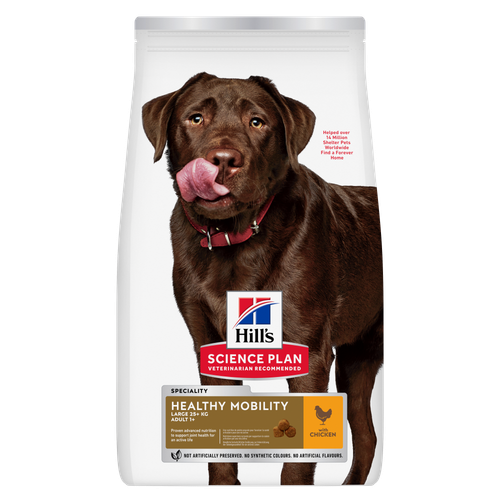
Hill's Science Plan Healthy Mobility Large Breed Adult Hundfoder med Kyckling erbjuder en avancerad nutrition för att stödja ledhälsan och förbättra rörligheten.

Hill's Science Plan Hypoallergenic Adult våtfoder med lax är ett komplett helfoder av högsta kvalitet för alla vuxna hundar från 1 år och uppåt. Detta läckra våtfoder i burk är speciellt sammansatt för hundar med känslig hud och mage. Den innehåller en enda animalisk proteinkälla och är spannmålsfri.

HILL'S SCIENCE PLAN Hypoallergenic Large Breed Adult hundfoder med lax är ett komplett foder för vuxna hundar av stora raser i åldern 1–5 år. Det är särskilt framtaget för hundar med känslig hud och mage, med begränsade mängder högkvalitativa och nya proteinkällor samt utan spannmål.

Hill's Science Plan Healthy Mobility Medium Breed Adult Hundfoder med kyckling erbjuder en avancerad nutrition för att stödja ledhälsa och förbättra rörligheten. provides advanced nutrition to support joint health and improve mobility.
Relaterade artiklar
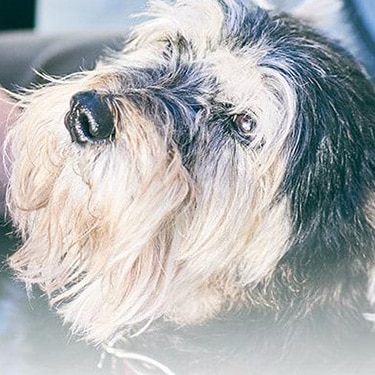
Though it may seem like your four-legged friend loves nothing more than to nap on the couch, dogs need regular exercise to stay healthy just like people do.
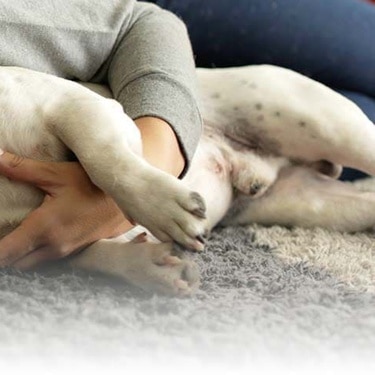
Signs of a healthy dog include healthy skin and a healthy coat. This article provides information on the appearance of a healthy coat, the importance of grooming, brushing, bathing and nutrition in the care of maintaining a healthy dog.
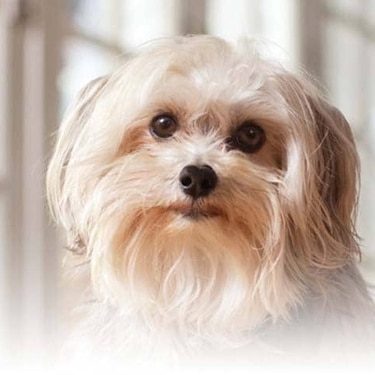
Just like every other pet owner, vets are responsible for giving their pets the best possible nutrition, exercise and care needed to keep them healthy and happy.

Hundar kan lida av känslig mage och är då benägna att utveckla problem med matsmältningen. Vissa raser kan dessutom vara mer känsliga än andra.
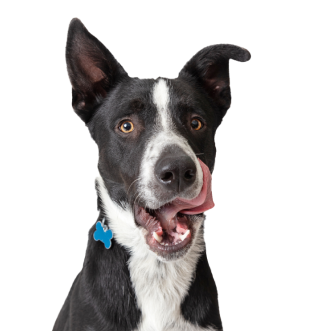
Sätt din hund på diet utan att den märker det
Vår kalorifattiga sammansättning hjälper dig att kontrollera din hunds vikt. Den innehåller högkvalitativt protein för att bygga slanka muskler och är tillverkad med noggrant utvalda ingredienser för en smakrik och näringsrik måltid. Kliniskt bevisade antioxidanter, vitamin C+E, bidrar till ett friskt immunsystem.
Sätt din hund på diet utan att den märker det
Vår kalorifattiga sammansättning hjälper dig att kontrollera din hunds vikt. Den innehåller högkvalitativt protein för att bygga slanka muskler och är tillverkad med noggrant utvalda ingredienser för en smakrik och näringsrik måltid. Kliniskt bevisade antioxidanter, vitamin C+E, bidrar till ett friskt immunsystem.

